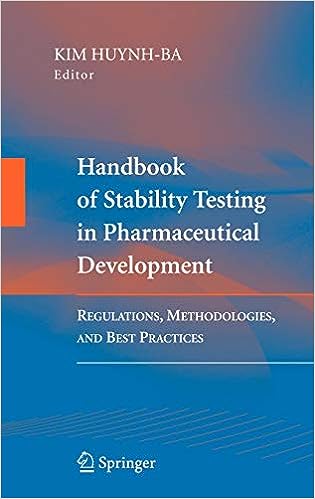Summary: ICH Q3C(R8) – Impurities: Guideline for Residual Solvents
The ICH Q3C(R8) guideline provides essential recommendations for the control of residual solvents in pharmaceutical products. This guideline plays a crucial role in ensuring patient safety by limiting the exposure to potentially harmful solvents that may remain in the final drug product. The guidelines offer harmonized criteria for evaluating and controlling the presence of residual solvents, addressing their potential risks and providing strategies for their appropriate management.
Background and Objectives:
The primary objective of ICH Q3C(R8) is to establish permissible limits for residual solvents that are present in drug products, taking into account patient
Key Elements of the Guideline:
The ICH Q3C(R8) guideline encompasses several critical aspects related to residual solvents:
Permissible Daily Exposure (PDE):
The guideline provides PDE values for various residual solvents based on toxicological assessment. PDE values represent the maximum amount of a solvent that can be ingested daily without posing a significant risk to patient health. Manufacturers are expected to ensure that the levels of residual solvents in their products do not exceed the established PDE values.
Class 1, 2, and 3 Solvents:
Residual solvents are classified into three classes based on their toxicity and potential risks. Class 1 solvents are the most toxic, and their use is generally avoided in pharmaceutical products. Class 2 solvents have moderate toxicity, and their levels should be limited. Class 3 solvents are less toxic, and their use is generally considered safe at appropriate levels.
Permissible Limits:
The guideline specifies permissible limits for residual solvents based on their class and the dosage form of the product. These limits ensure that the exposure to residual solvents remains within safe levels for patients. Manufacturers are expected to comply with these limits during the development and manufacturing of their products.
Assessment and Control:
ICH Q3C(R8) emphasizes the importance of assessing residual solvents not only in the final product but also in excipients and components used in the manufacturing process. Manufacturers should implement appropriate control strategies to limit the introduction and retention of residual solvents during the production process.
Labeling Implications:
The guideline underscores the significance of product labeling. Manufacturers should provide information about the presence of residual solvents on product labels, enabling healthcare professionals and patients to make informed decisions. This transparency supports proper product usage and patient safety.
Global Applicability:
One of the strengths of ICH guidelines is their global recognition and acceptance. Regulatory agencies worldwide acknowledge and implement ICH guidelines, ensuring consistent standards for residual solvent control across regions. This harmonization enhances patient safety and facilitates international regulatory compliance.
Benefits and Impact:
The implementation of ICH Q3C(R8) offers multiple benefits to both pharmaceutical manufacturers and regulatory authorities. Manufacturers can ensure that their products meet stringent safety standards, thereby protecting patient health. Regulatory agencies can use the harmonized criteria to evaluate the safety and quality of pharmaceutical products during the regulatory review process.
Conclusion:
ICH Q3C(R8) serves as a cornerstone guideline for the control of residual solvents in pharmaceutical products. By following its recommendations, manufacturers can mitigate the potential risks associated with residual solvents, ensuring patient safety and product quality. The guideline’s emphasis on permissible limits, assessment, labeling, and global harmonization reflects the pharmaceutical industry’s commitment to delivering safe and effective medicines to patients worldwide.
